
Design Process

This initial site meeting will give us a chance to walk through and explore the garden and evaluate the existing layout establishing areas of potential. We will also discuss your aspirations and vision for the space. It is important at this stage to discuss the many options and ideas available and to gain a good understanding of the objectives the garden must fulfill. We can also review the design portfolio which will show past and present works.
It is also a good idea to discuss budgets at this stage as it will have a large bearing on the features and design style, and of course we will offer guidance on this aspect where necessary.
Step 2 – Proposal
Following the Design Consultation, you will be supplied with a quote for the design works discussed as well as a letter summarising our conversations. This letter will form the basis of the Design Brief and will detail all the requirements and suggestions made during the Design Consultation.

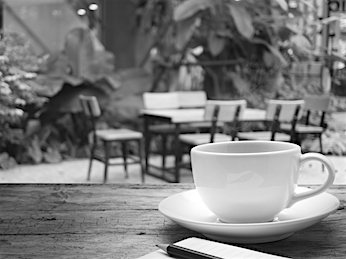
Step 3 – Design Brief Meeting
This stage will take place once a deposit payment has been received commissioning a design. The Design Brief meeting will involve a second site visit which will enable us to create the Design Brief for the garden design. This meeting will be crucial to the success of the project, so its important to get as much detail as possible in regards to features, styles and materials to be included.
Step 4 – Survey of Garden
This activity is required to begin design work and involves measuring of the garden and all features relevant to the design process. For smaller spaces this can take place at the same time as the Design Brief meeting, however for larger or complex sites a topographic survey will need to be conducted by a surveying specialist on a separate day
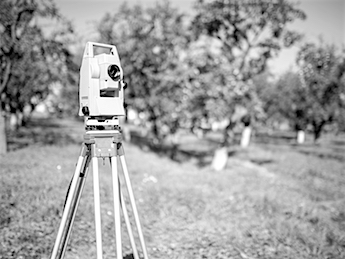
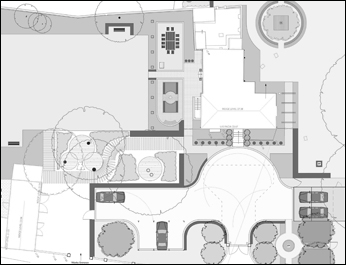
Step 5 – Concept Plan
This is the first stage where clients will get to see the potential new layout of their garden. The Concept Plan will show the garden in plan view (2D) and will be accompanied by images and text to help clients better understand the features suggested. For complex items this plan may be accompanied by a 3D sketch/ rendering
Step 6 – Presentation Plan
Once the Outline Plan has been approved, we will take the plan to Presentation Plan stage which shows all items to a high level of detail, indicating new surface levels, accurate material details and dimensions. This plan will also form the Tender Documents to use during the costing process. Using our design and build experience we aim to design a garden which is feasible and practical in terms of construction and budget!
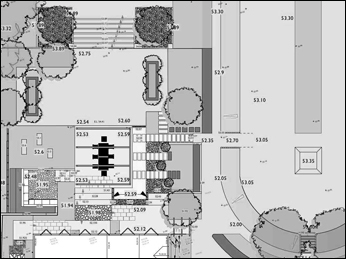
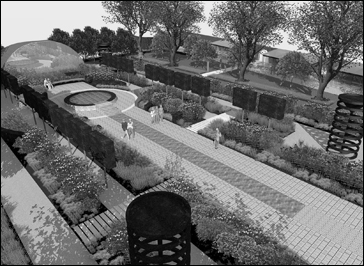
Step 6a – 3D Rendering (Optional)
Some clients find reading plans a little tricky and cannot always visualise certain aspects of the design, so this option allows the Presentation Plan to come to life. Using CAD (computer aided design) software, we can create accurate 3D visuals to represent the garden from different view points, at different times of day, with differing materials and even show garden lighting.
Step 6b – Design Details (Optional)
This step is reserved for items which cannot be fully understood from the Presentation Plan or 3D Rendering, and may have a technical aspect to them. The best example of this would be a bespoke water feature. These drawings are used when finalising the Presentation Plan as well as during the construction of the garden. They will also be used if commissioning a specialist company to produce the item in question.
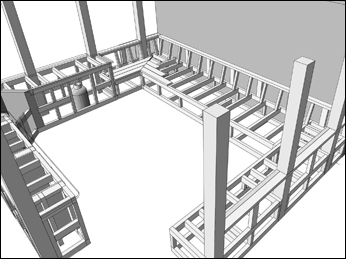
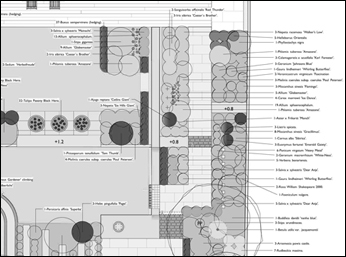
Step 7 – Planting Plan
Once the new garden layout has been confirmed attention turns to the planting. The Planting Plan will show all new plants and indicate the mature spread and layout. The Planting Plan will also list all new plant quantities and show images of key plants to help clients understand the plants used, style and colour scheme. Planting Plans are often carried out for existing planting areas, meaning Stages 5 and 6 are not always necessary.
Step 8 – Lighting Plan
This stage will detail the positioning and type of new lighting equipment, including the beam angles and effects desired. By completing the lighting plan following the Planting Plan, it provides the opportunity to highlight both hard and soft landscaping features.
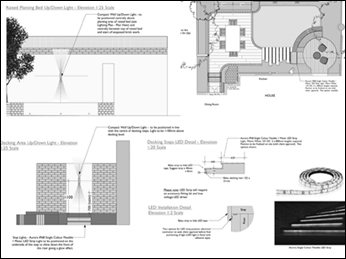
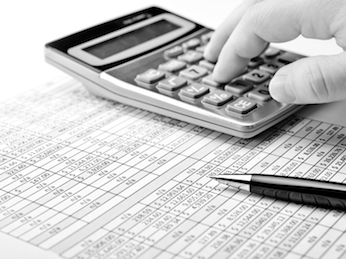
Step 9 – Tendering and Project Management
We can suggest a landscape contractor who we have worked with successfully in the past and who we know works to the high specification which we expect. As part of project management, Tristen Knight Garden Design can oversea the tendering process and then the construction of the garden itself.
Step 10 – Construction
The final stage of the process – bringing the design to life! If you would like us to project manage the build, Tristen will work in conjunction with the chosen landscape contractor, to ensure every care is taken to execute the design to the highest possible standard. This gives clients peace of mind that the garden is executed exactly as intended and also gives both client and landscaper a single point of contact throughout the build.
Project management is billed on an hourly basis and Tristen will be on hand to assist as required throughout the construction process.
With regards to electrical works in the garden, we can supply all electrical equipment and control systems, however clients often choose to use their own electrician who is familiar with their property to carry out the installation, but we are more than happy to arrange this on the clients behalf if required.
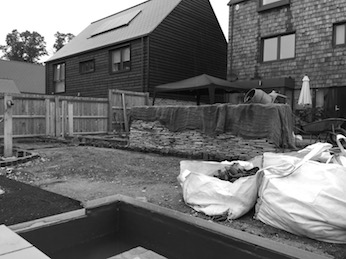
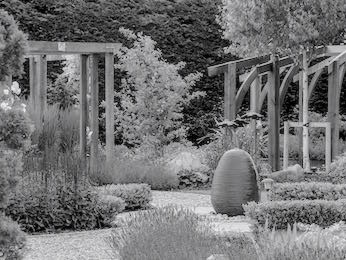
Step 11 – Planting
Following the completion of the hard landscaping, Tristen Knight Garden Design will provide a quote to supply and install the planting as designed. Tristen will be on site for this stage to ensure that the planting scheme is executed exactly as envisioned. The plant installation can be carried out at most times of the year other than when there are extremes of temperature (planting predominantly takes place in spring and autumn).
As part of this process we can design and install an irrigation system to ensure a truly low maintenance garden.

